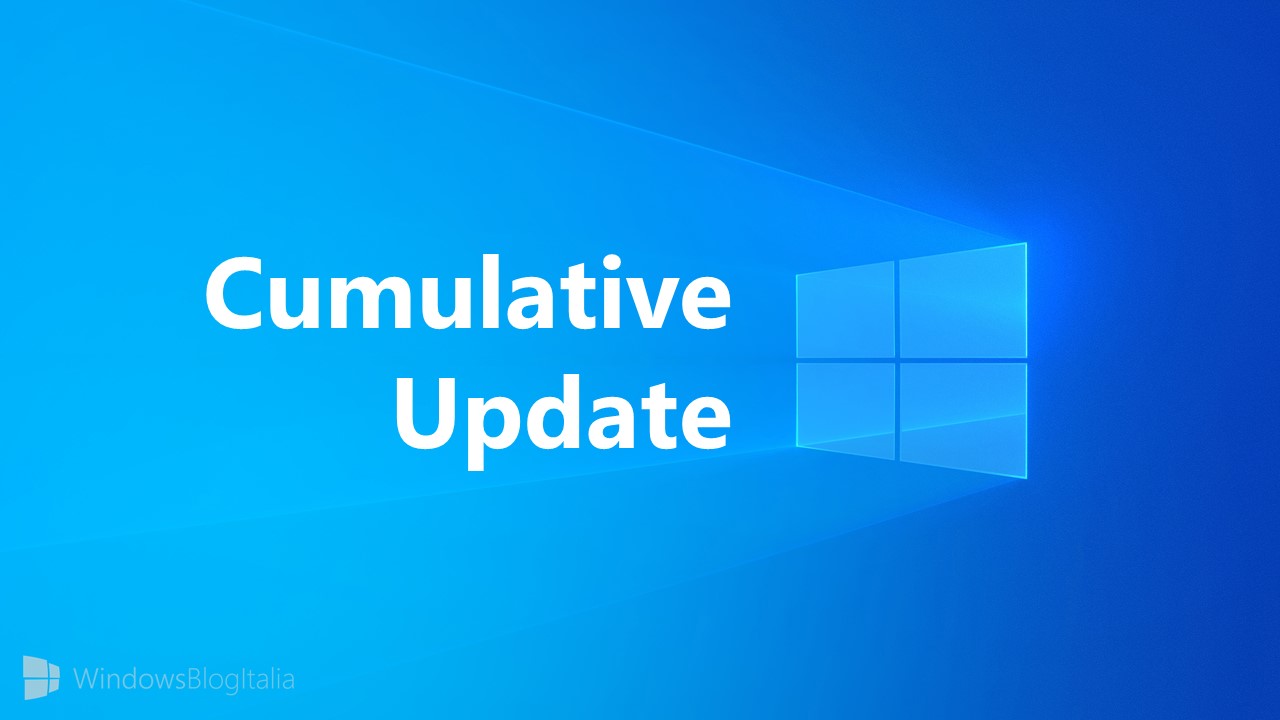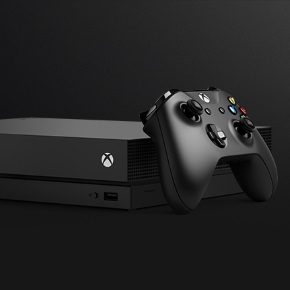
È disponibile un nuovo aggiornamento cumulativo per Windows 10. Come al solito è disponibile tramite Windows Update.
L’aggiornamento cumulativo, scaricabile da tutti gli utenti di Windows 10 October 2018 Update, prende il nome di KB4505658 e porta con sé ulteriori correttivi, miglioramenti della stabilità, della sicurezza e dell’esperienza di aggiornamento a Windows 10.
Elenco correzioni e miglioramenti Windows 10 Build 17763.652
- Addresses a performance issue that may occur on some websites that use WebAssembly.
- Addresses an issue that may cause Internet Explorer to stop working when you move a tab to create a new window.
- Addresses an issue that may prevent the personal identification number (PIN) prompt from appearing when authenticating in Internet Explorer.
- Updates time zone information for Brazil.
- Addresses an issue that may cause Windows notifications to display nonsense characters instead of a single quote (‘).
- Addresses an issue that prevents newly installed or updated applications from appearing in Windows search results.
- Addresses an issue that prevents the Save and Save As options in Microsoft Office 2010 applications from working when high contrast mode is on.
- Address an issue that prevents SharedPC policies from migrating properly during an upgrade.
- Addresses an issue that prevents a Hardware Support application (HSA) from installing in a timely manner.
- Addresses an issue that prevents the Windows Event Log service from processing notifications that the log is full. This causes issues with some Event Log behaviors such as archiving the log when it reaches a maximum file size and you’ve configured the “Archive the log when full, do not overwrite events” setting. Additionally, the Local Security Authority (LSA) cannot handle CrashOnAuditFail scenarios when the Security Log is full, and events cannot be written.
- Addresses an issue that prevents a system from recognizing a Microsoft account or Azure Active Directory account until the user signs out and signs in again.
- Addresses an issue that may prevent the Netlogon service from establishing a secure channel and reports the error, “0xC000007A – ERROR_PROC_NOT_FOUND.”
- Addresses an issue that may cause authentication to fail when using Windows Hello for Business on a server running Windows Server 2016 with the Server Core option installed.
- Addresses an issue that causes some processes running inside Windows Server containers and Hyper-V containers to have empty names.
- Addresses an issue that causes input and output to fail when Multipath I/O (MPIO) failover occurs.
- Addresses an issue that causes applications that use windows.storage.dll to stop working and displays ExceptionCode c0000005 (Access violation) when the process closes.
- Reinforces the Certificate Revocation List (CRL) on Internet Key Exchange version 2 (IKEv2) machines for certificate-based virtual private network (VPN) connections, such as Device Tunnel, in an Always On VPN deployment.
- Addresses an issue that intermittently prevents connections to a corporate network when using Always On VPN with the IKEv2 protocol. Connections are not always automatically established, and manual connections sometimes fail. In this scenario, when you call the RasDial function from the command line for the target VPN connection, you receive the error, “ERROR_PORT_NOT_AVAILABLE(633)”.
- Addresses an issue that changes the status for Work Folders in File Explorer to 0x80C802A0 (ECS_E_SYNC_UPLOAD_PLACEHOLDER_FAILURE) after selecting Free up space.
- Addresses an issue that may cause a Remote Desktop Server to stop responding when someone who is using drive redirection disconnects.
- Addresses an issue that causes an error when using certain data persistence memory technologies.
- Addresses an issue that prevents Microsoft Application Virtualization (App-V) scripting from working if you run it when you’re not connected to a domain controller (DC). App-V scripting also fails when you run it in an environment that only contains Microsoft Azure Active Directory.
- Addresses an issue that damages the Microsoft Message Queuing (MSMQ) feature and prevents it from starting or installing again. This issue may occur after installing Windows updates or upgrading from Windows 10, versions 1607, 1703, and 1709 to Windows 10, version 1809.
- Addresses an issue with opening or using the Window-Eyes screen reader application that may result in an error and prevent some features from functioning as expected.
- Addresses an issue that may fail to keep App permissions settings when you select Keep my files after selecting Reset this PC.
- Addresses an issue with system reliability in certain scenarios when upgrading from Windows 10, version 1703.
- Addresses an issue with enrolling a device in the Windows enterprise commercial data pipeline.
Non dimenticatevi che gli aggiornamenti cumulativi sono presenti anche nel nostro Forum, nella sezione Windows 10 PC e tablet > Download > Windows 10 RTM Cumulative Update disponibile a questo indirizzo.
Articolo di Windows Blog Italia












